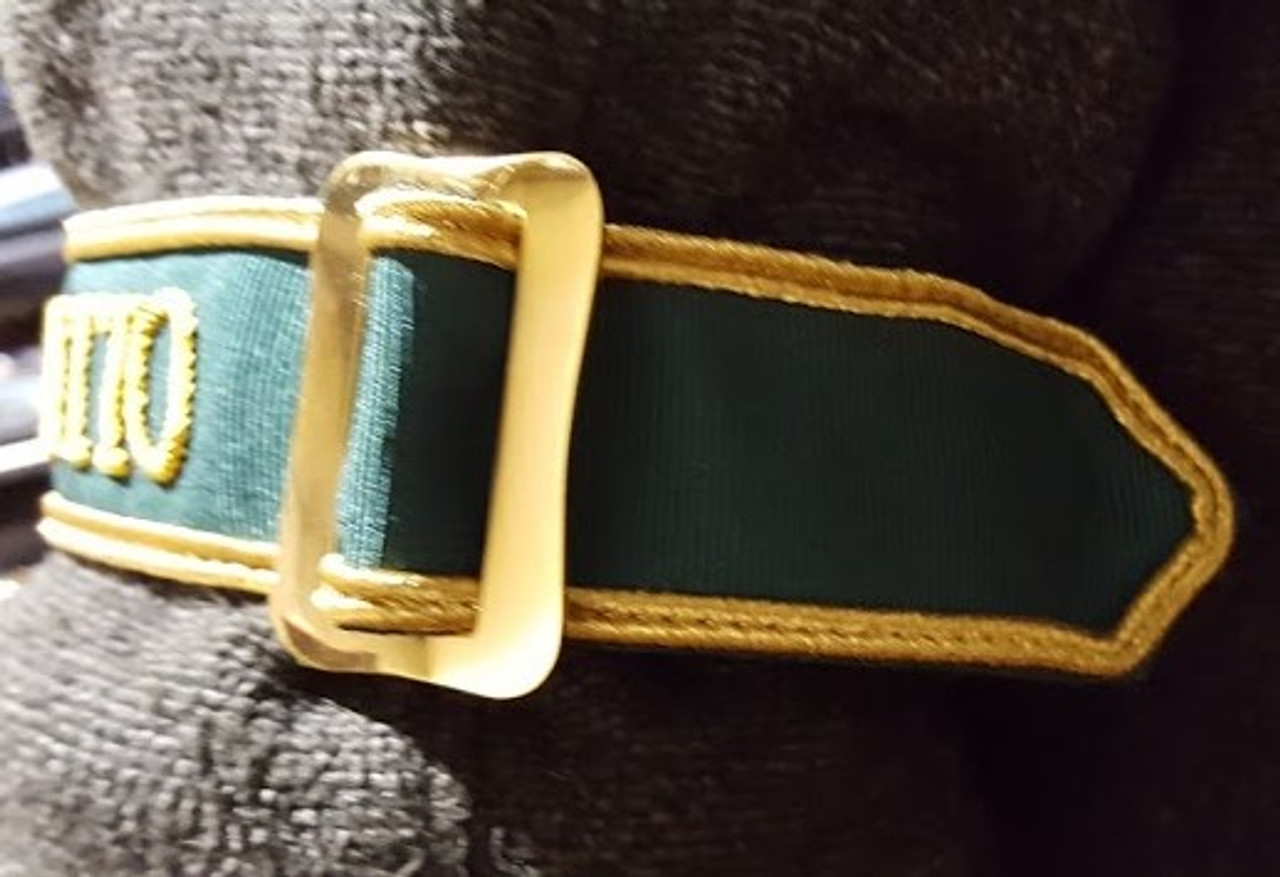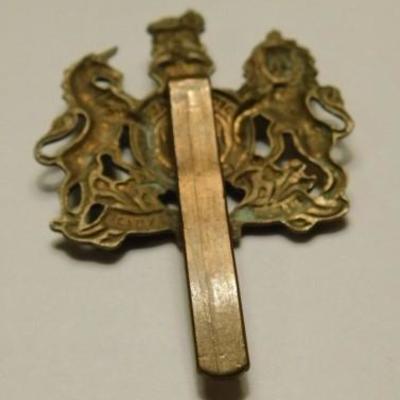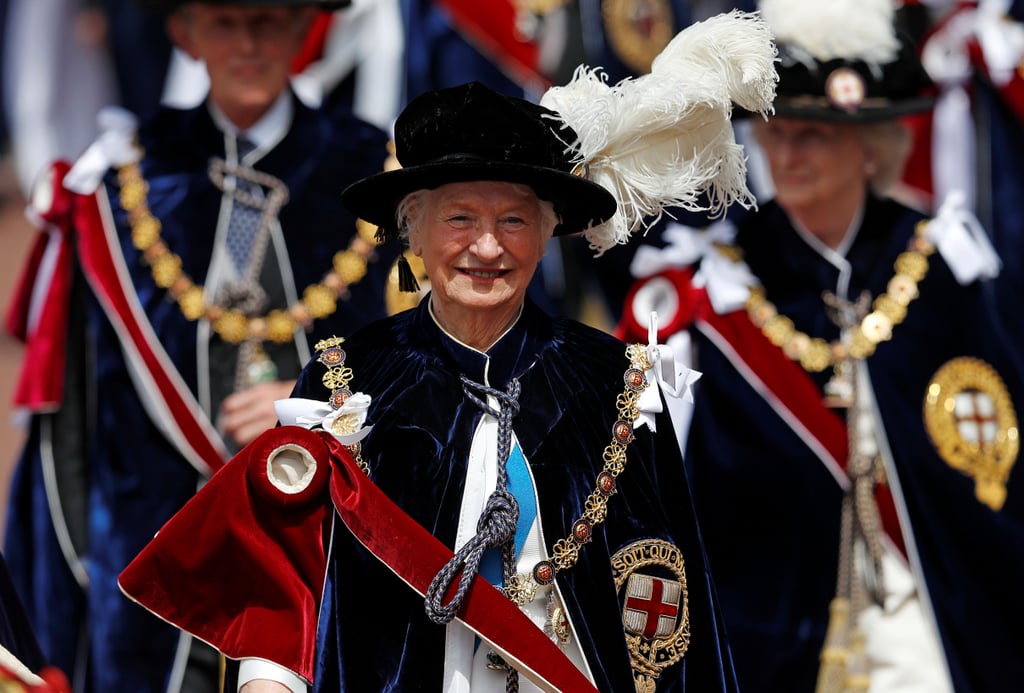
This story is recounted in a letter to the Annual Register in 1774: King Edward supposedly recalled the event in the 14th century when he founded the Order. Īccording to another legend, King Richard I was inspired in the 12th century by St George the Martyr while fighting in the Crusades to tie garters around the legs of his knights, who subsequently won the battle. In fact, at the time of the Order's establishment in the mid-14th century, the garter was predominantly an item of male attire.

However, the earliest written version of this story dates from the 1460s, and it seems to have been conceived as a retrospective explanation for the adoption of what was then seen as an item of female underclothing as the symbol of a band of knights. When the surrounding courtiers sniggered, the king picked it up and returned it to her, exclaiming, " Honi soit qui mal y pense!" ('Shame on him who thinks ill of it!'), the phrase that has become the motto of the Order. The most popular involves the "Countess of Salisbury", whose garter is said to have slipped from her leg while she was dancing at a court ball at Calais. Various legends account for the origin of the Order. Statutes of the Order of the Garter, this copy having once belonged to Emperor Alexander III of Russia They are all depicted in individual portraits in the Bruges Garter Book made c. John de Grey, 1st Baron Grey de Rotherfield (c.Thomas Holland, 1st Earl of Kent (1314–1360).


However, The Complete Peerage, under "The Founders of the Order of the Garter", states the order was first instituted on 23 April 1344, listing each founding member as knighted in 1344. The traditional year of foundation is usually given as 1348 (when it was formally proclaimed). King Edward III founded the Order of the Garter around the time of his claim to the French throne. 8.1 Garter banners in St George's Chapel.Members of the order wear it on ceremonial occasions. The order's emblem is a garter with the motto Honi soit qui mal y pense ( Middle French for 'Shame on him who thinks evil of it') in gold lettering.

The order also includes supernumerary knights and ladies (e.g., members of the British royal family and foreign monarchs). Membership of the order is limited to the sovereign, the Prince of Wales, and no more than 24 living members, or Companions. The Order of the Garter is dedicated to the image and arms of Saint George, England's patron saint.Īppointments are at the sovereign's sole discretion and are usually in recognition of a national contribution, for public service, or for personal service to the sovereign. It is the most senior order of knighthood in the British honours system, outranked in precedence only by the Victoria Cross and the George Cross. The Most Noble Order of the Garter is an order of chivalry founded by Edward III of England in 1348. Illuminated miniature from the Bruges Garter Book made c.1430 by William Bruges (1375–1450), first Garter King of Arms 1361), the second appointee of the Order, shown wearing a tabard displaying the royal arms of England over which is his blue mantle or garter robe. Henry of Grosmont, Earl of Lancaster (later Duke of Lancaster) (d.


 0 kommentar(er)
0 kommentar(er)
